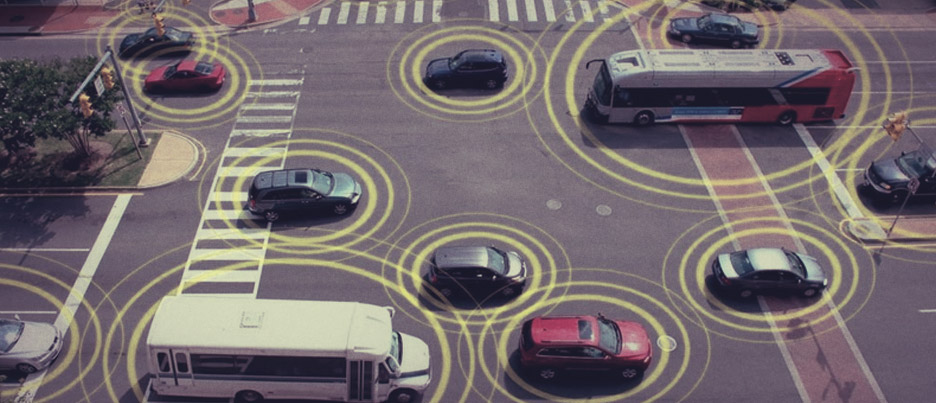New Technology Simplifying Insurance Claims

Nobody likes having to pay for insurance. The only time you’re glad you have insurance is after something bad happens. And that feeling of relief is usually short lived.
That’s because the claims process is only slightly less painful than major dental work. It’s time consuming and frustrating. I know from experience.
After a bad driver hit me, I immediately reported the incident to my insurance company. Two months and dozens of phone calls to the claims department later, my car was officially totaled. While I received a check for the value of the car, the amount of time I spent dealing with my insurance company was like having a part-time job for eight weeks that I didn’t get paid for.
Thankfully, technology is changing the claim process for the better. For example, Esurance offers a video appraisal app that allows customers to live chat with appraisers. It won’t save the pain of being in a wreck, but at least it improves the claims process afterward. It’s the kind of convenience that millennials are demanding.
Then there’s telematics, which will change the claims process dramatically in the not-so-distant future. Cars outfitted with sensors can help tell stories of collisions that were previously ground in hearsay. These sensors will instantly alert a provider what part of the vehicle was impacted, the location of the collision, weather conditions at the time of the incident and other circumstances that might have played a role in the crash. After an accident, your provider might be calling you to send help! Preliminary cost estimates might even be available to the driver at the scene.
This is a different experience than what I remember going through. This is a much better experience.
This technology already exists and is in use. The Insurance Journal recently reported on how telematics improve the claims process. However, the use of this technology is still in its infancy and not many drivers are aware it exists.
Similar technology is more well-known because some insurance carriers have launched marketing campaigns touting it. There’s the Driver Feedback mobile app from State Farm that shares driving habit data with driver. Then there’s Allstate’s Drivewise, which offers incentives for drivers who consistently practice safe driving.
The insurance industry is only just starting to tap into the possibilities of an increasingly technological world. As technology continues to influence people’s expectations and behaviors, the insurance company that finds a way to match new technology (like telematics) with consumers is the one that will have a big leg up on the competition.

